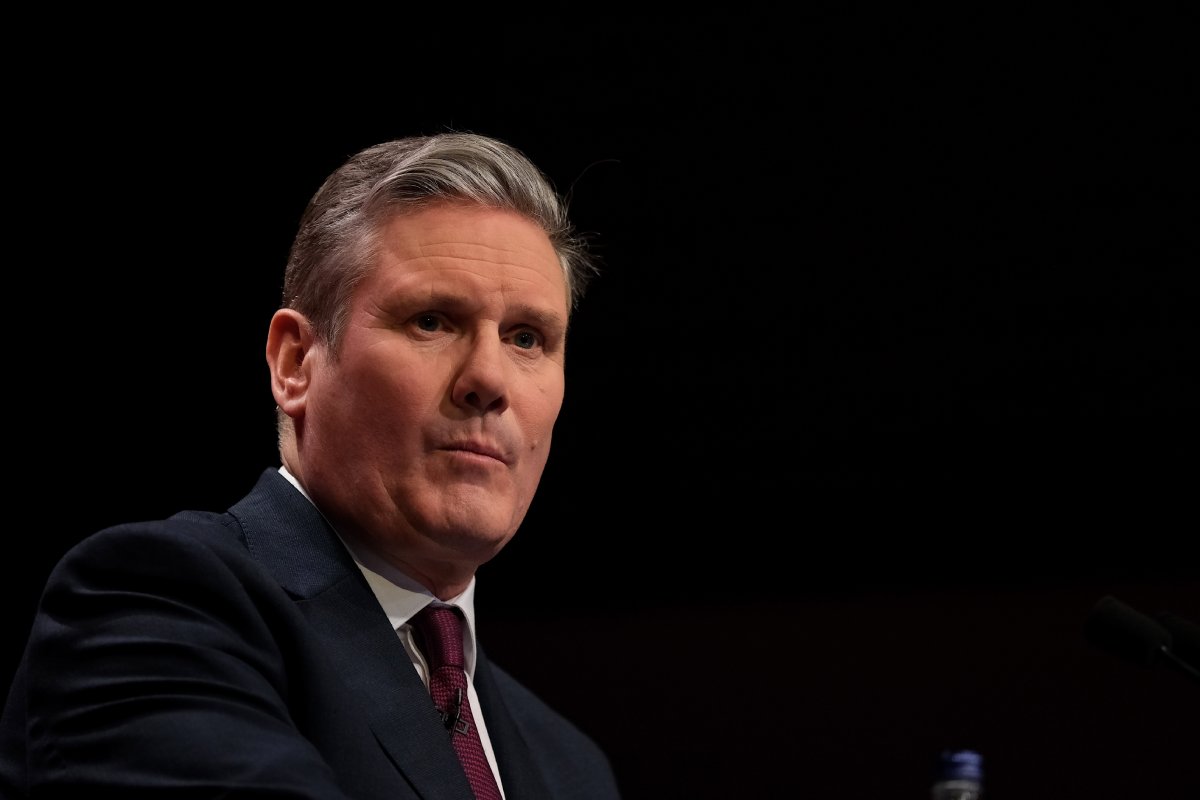Keir Starmer’s leadership of the Labour Party has not been without its shifts and shakes. As the political tectonic plates move, how far right has Starmer taken Labour? Let’s break it down, shall we?
1. Tone Down the Rhetoric
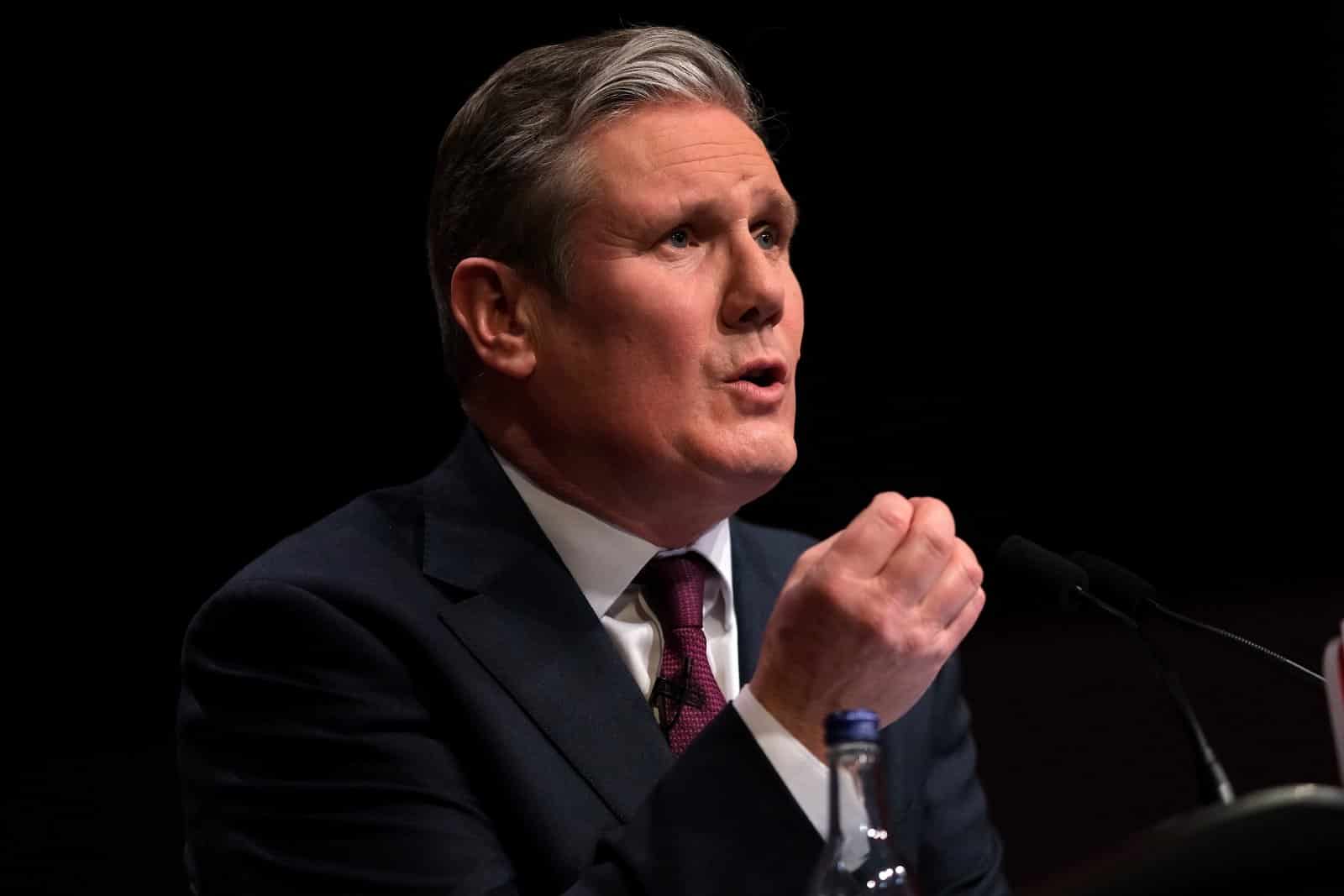
Starmer has softened Labour’s previously fiery rhetoric, aiming for a more moderate, centre-ground appeal that echoes traditional Conservative sensibilities rather than radical change.
2. Economic Prudence
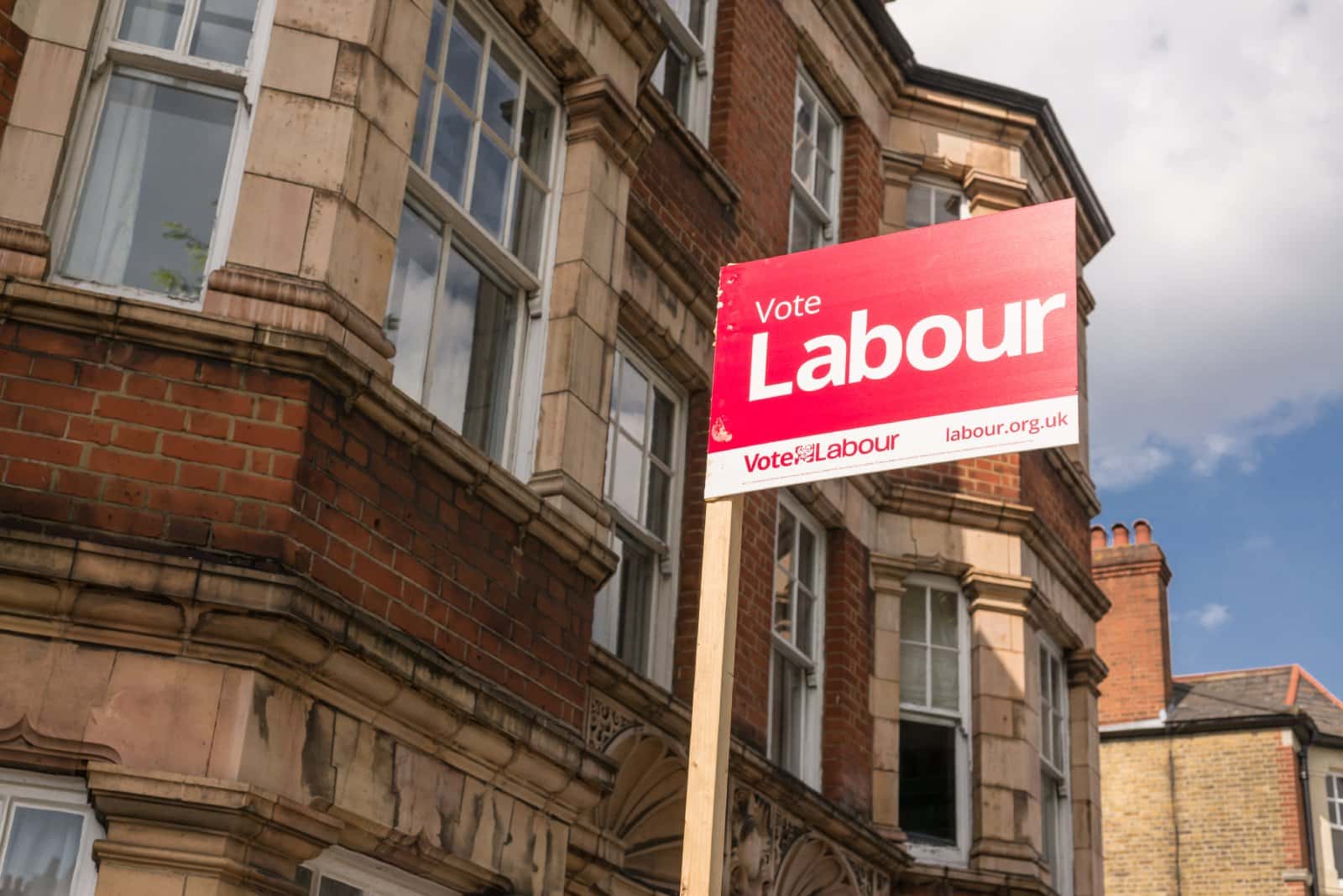
Under his watch, Labour has embraced a more fiscally conservative approach, often highlighting the need for economic stability and fiscal responsibility, much to the nod of middle-class voters.
3. Reduced Union Influence

Starmer has subtly distanced the party from some of its more strident union backers, seeking to weaken the image of Labour as the party of disruptive strikes and union demands.
4. Policy Overhaul

The shift includes scrubbing some of the more socialist policies from the party’s previous manifesto, aiming to attract a broader electoral base, including those disillusioned Tory voters.
5. National Security Stance

He’s positioned Labour as strong on national defence, countering the party’s previous image of being somewhat lax, aligning more closely with conservative views on security.
6. Immigration Rethink

Starmer has been cautious about making bold statements on immigration, often opting for a more moderate line that doesn’t alienate conservative-leaning voters.
7. Public Service Reform

He advocates for reforming public services in a way that emphasises efficiency and accountability, appealing to voters tired of what they see as unchecked public spending.
8. Middle-Class Appeal

His leadership tilts towards policies that resonate well with the middle class, focusing on homeownership, education, and healthcare, which traditionally sway towards Conservative interests.
9. Law and Order

Emphasising law and order has been a significant pivot under Starmer, aiming to recapture votes from those who feel Labour had previously become too lenient.
10. Less Radical on Tax

Starmer’s Labour suggests more conservative, less radical changes to the tax system, avoiding large tax hikes for the wealthy which had been a staple in earlier Labour proposals.
11. Entrepreneurship Encouragement

There’s been a noticeable push to support entrepreneurship, a departure from the heavy focus on government-led solutions to economic issues.
12. Patriotism Push

Starmer has increased the visibility of national symbols and the discourse around patriotism in his public appearances, aiming to squash perceptions of Labour as less patriotic.
13. Housing Policy Shift

While still advocating for affordable housing, the approach under Starmer also includes support for private ownership and building initiatives, which aligns more with conservative housing policies.
14. Education Focus

There’s a strong push towards improving standards and accountability in education, resonating with Conservative policies that focus on merit and traditional values.
15. Healthcare Moderation

While supporting the NHS, Starmer’s approach is to advocate for manageable reforms that promise sustainability, avoiding radical overhauls.
16. Social Issues Subtlety

On socially progressive issues, Starmer’s stance is more subdued, often steering clear of fully embracing positions that might alienate more traditional or conservative Labour voters.
17. Environmental Strategies

His environmental policies are pragmatic rather than revolutionary, promoting a balanced approach that considers economic impacts, which could court right-leaning voters.
18. Brexit Position

Starmer has taken a definitive stance on Brexit, moving away from any notions of rejoining the EU and focusing on making the current situation work, a nod to Brexit-supporting constituencies.
19. Media Engagement

Engaging more with mainstream and right-leaning media outlets, Starmer aims to present Labour as a reasonable alternative to the Conservatives, rather than an opposition.
20. Internal Party Discipline

He has clamped down on internal dissent and streamlined the party’s message to prevent extreme leftist views from dominating the party narrative.
21. Electability Focus
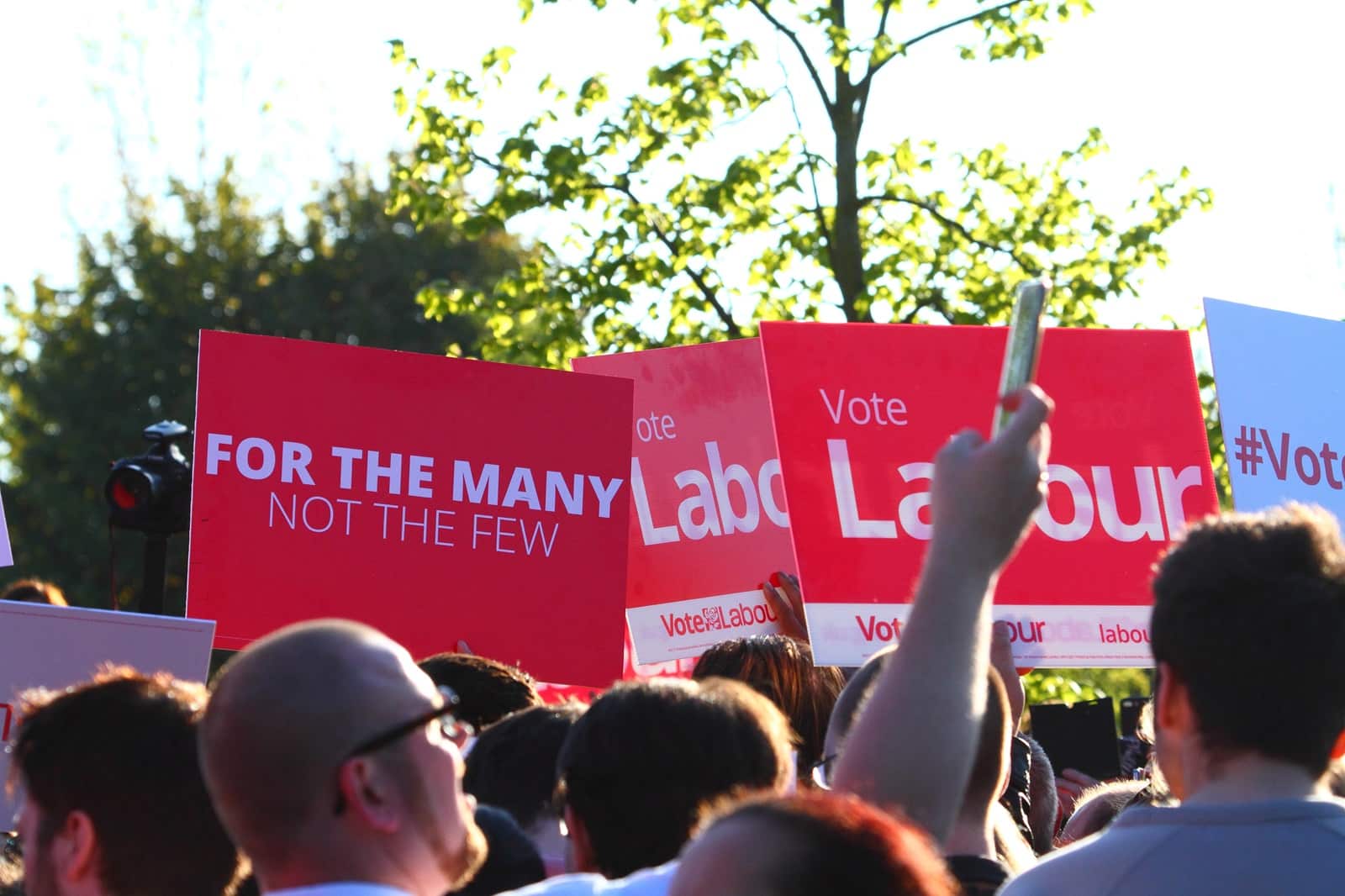
Overall, Starmer’s strategy seems to prioritise making Labour a viable electoral alternative for the average voter who might lean conservative but feels disenchanted with current Tory leadership.
Not Your Grandad’s Labour Party
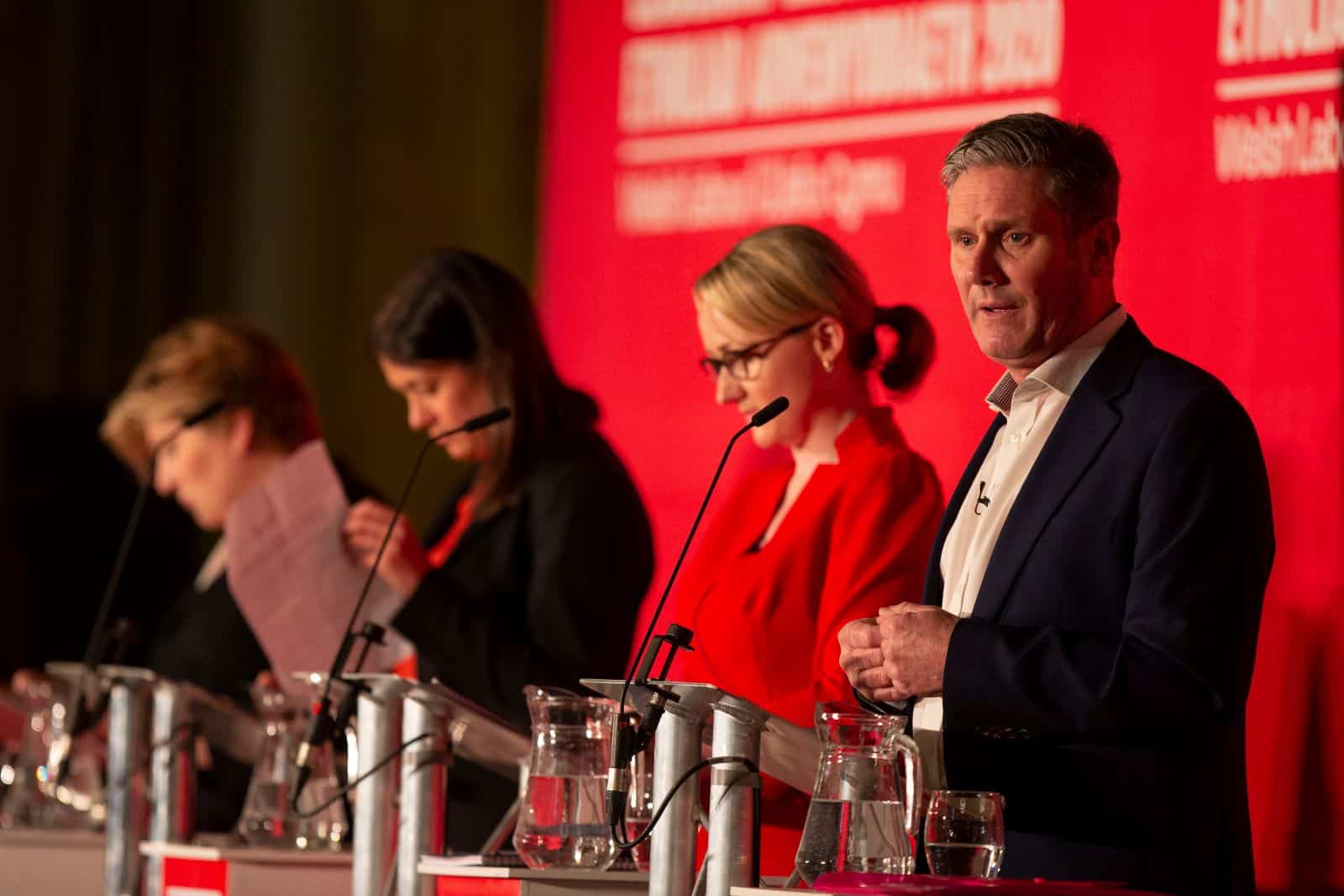
With a nod here and a tweak there, Starmer’s Labour might just be cosying up to the centre-right, aiming to charm you. Whether this new blend of tea will be to everyone’s taste in the next election remains a million-dollar question. So, will the average Joe and Jane buy what Keir’s selling? Only time will tell.
10 Worst Places to Live in the UK Today

Here’s a look at the 10 worst places to live in the UK, based on statistical analysis and local sentiment, to help you understand the challenges residents may face in these areas. 10 Worst Places to Live in the UK Today
“We Will Never Come to Help You” – Trump’s Hurtful Words Raise Concerns About EU Firepower

It was revealed in a conference in Brussels that former President Donald Trump said in 2020 that the US would “never help” Europe if it was attacked. Now, European nations are grouping to commit more firepower to combat Putin’s threat to democracy. “We Will Never Come to Help You” – Trump’s Hurtful Words Raise Concerns About EU Firepower
Brexit Fallout: 20 Ways the EU Is Falling Apart Without the UK
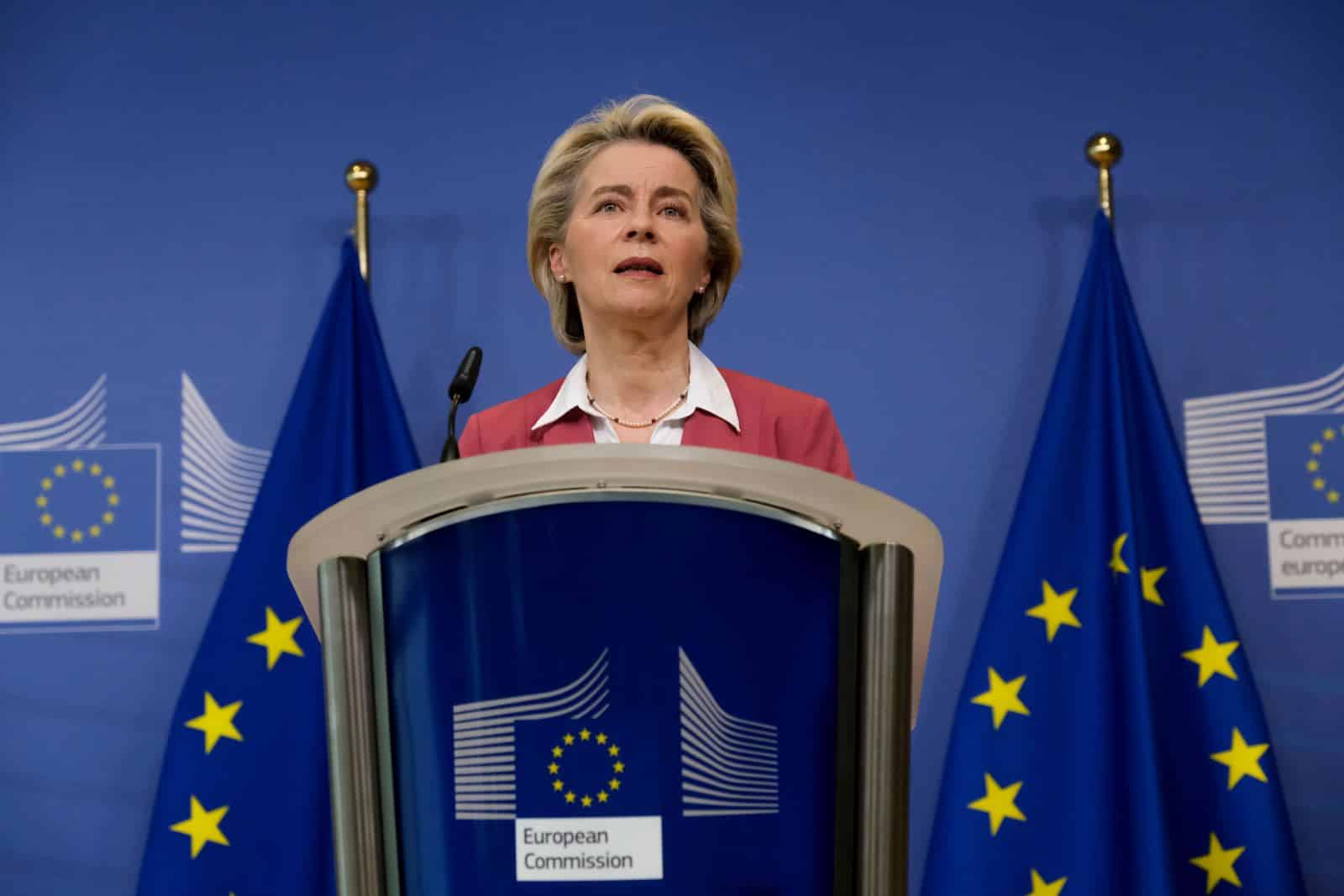
Since Brexit, the EU has been grappling with multiple crises and internal conflicts. Can the bloc hold itself together in these turbulent times? Brexit Fallout: 20 Ways the EU Is Falling Apart Without the UK
Featured Image Credit: Shutterstock / Altopix.
For transparency, this content was partly developed with AI assistance and carefully curated by an experienced editor to be informative and ensure accuracy.

